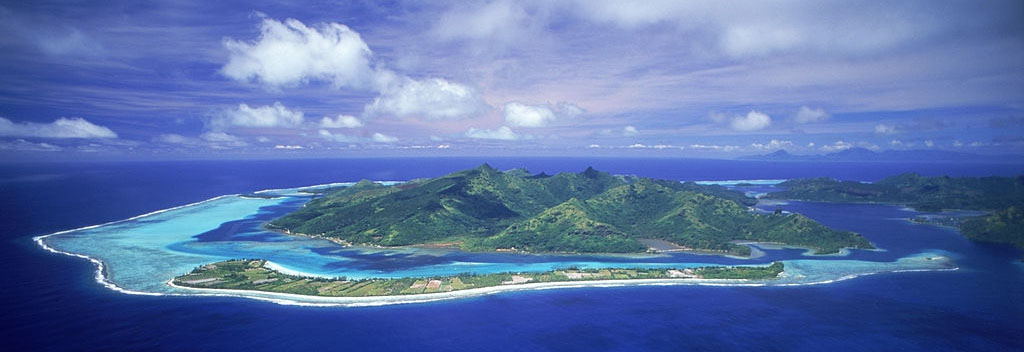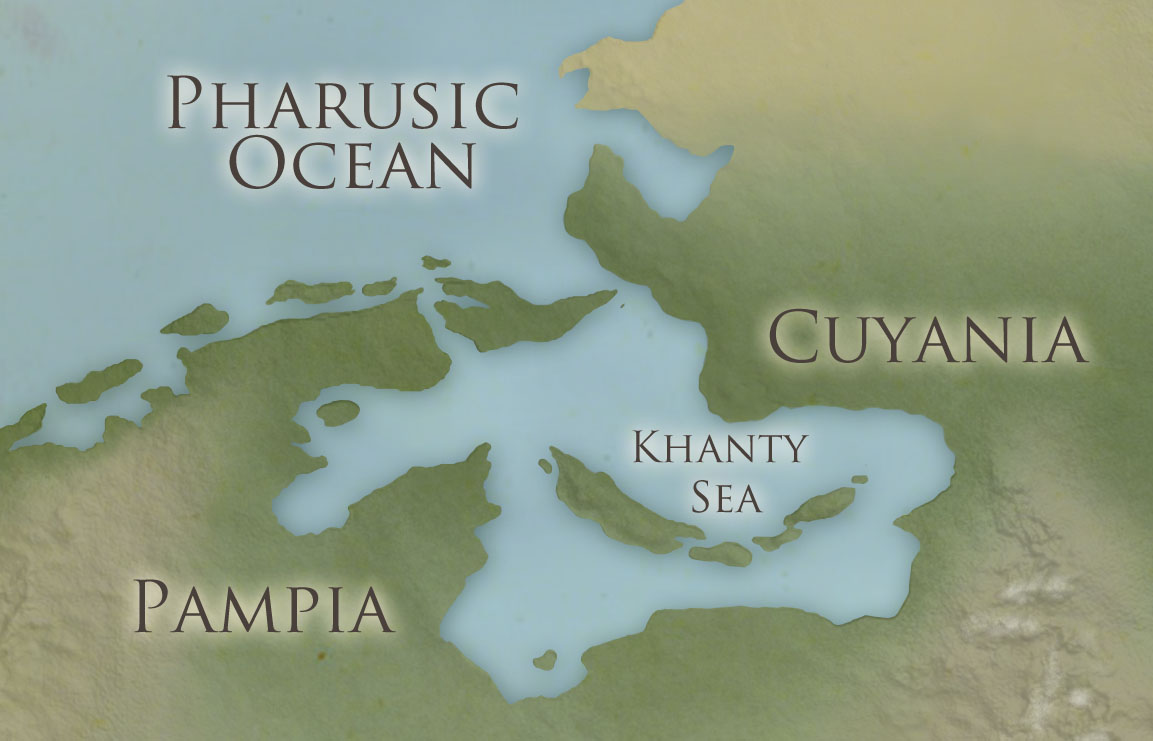Khanty Sea
Between Cuyania and Pampia is a vast sea connected to the ocean by two small straits on either side of an island. It consists of several larger islands and hundreds of tiny ones, about half of which are inhabited. Though each island has its own culture, the people are united as Khantian peoples, distinct from the mainland people on either side. The sea doesn't divide them, they say; it connects them.
Khanty has been inhabited for all of recorded history. There have been various nations rising and falling like the tides. In the Fourth Age, the region was the second most powerful in the world after the Valaran Empire, and an integral trade partner. Islands in the Khanty are the only place where nutmeg grows, along with many other sought-after spices.
Khanty has been inhabited for all of recorded history. There have been various nations rising and falling like the tides. In the Fourth Age, the region was the second most powerful in the world after the Valaran Empire, and an integral trade partner. Islands in the Khanty are the only place where nutmeg grows, along with many other sought-after spices.
Fauna & Flora
The sea, and the islands it contains, is tropical. The equator passes through the northern entrance to the sea. It is the home of palm trees, colourful flowers, and coconuts that drift from island to island on the waves.
The water is home to many species of tropical fish, as well as more dangerous animals like Basilosaurus or Megalodon that make sailing between islands precarious.
On the land, the islands are home to hundreds of species of bats, small flightless birds, and reptiles. Large mammals are rare on the islands, with the exception of domesticated pigs.
The water is home to many species of tropical fish, as well as more dangerous animals like Basilosaurus or Megalodon that make sailing between islands precarious.
On the land, the islands are home to hundreds of species of bats, small flightless birds, and reptiles. Large mammals are rare on the islands, with the exception of domesticated pigs.



